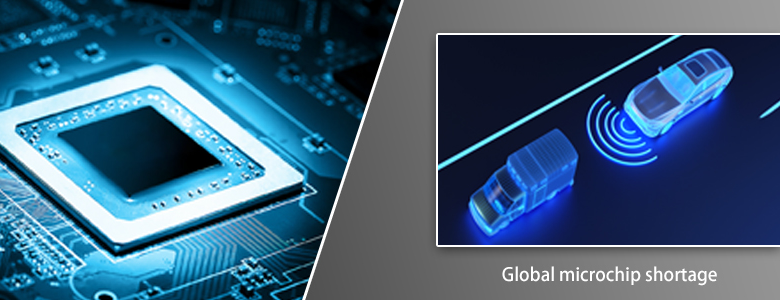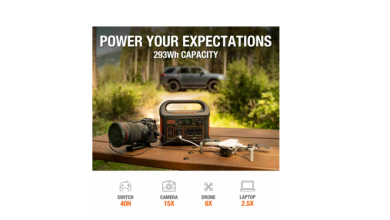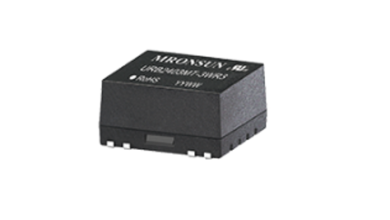Problems At The AC Charging Station

Electric vehicles (EVs) have changed how people get around, lowering carbon emissions and making possible progress on climate change.
Electric cars can be charged by either AC or DC power. For AC charging, the car has a converter called a “onboard charger.” This converter changes AC power into DC power, which can then be put into the car’s battery.
In the EV ecosystem, it costs less to make, install, and run an AC charger. Because of these lower costs, charging at AC charging stations is usually cheaper, making them more popular for normal day-to-day charging.
On the other hand, AC Charging Stations have some restrictions and less power (less than 22 kW), so it takes longer to charge the car fully. However, depending on the battery’s power and the charger, it can take up to 12 hours for an AC charging station to charge. This article talks about how to solve these problems.
Power adapters
Levels show how quickly an EV charger can charge an EV battery. The faster the EV battery charges, the more power the charger has. So let’s look at the main uses of levels 1 and 2 and compare them.
L1 is the slowest at charging. They are directly plugged into a standard 120-volt (V) AC outlet that provides an average power output of 1.3 kW to 2.4 kW, equal to 3-5 miles of EV range per hour, and meets SAE J1772 criteria.
EV batteries need to be charged for 24 hours, but charging them overnight adds 30–50 miles of range. Most L1 chargers are used at home, and only a few are in public places. L1 chargers are sometimes built into EVs. L1 stations charge based on the EV battery’s size and energy cost.
SAE J1772 says that L2 chargers put out between 3 kW and 19 kW of 208-240 Volt AC power. This amount of power gives a range of 18–28 mph. A typical EV can be charged in eight hours or less. L2 chargers dominate. You can find these chargers in grocery stores, hotels, malls, and parking garages in many countries.
EV drivers can charge their cars overnight at work with L2 chargers. Different L2 stations have different fees, but some let you charge for free. For example, EV owners buy L2 chargers to use at home so their EVs can charge overnight. For EV charging at home, you need L2 residential ports.
Issues
Outdoor Environmental Problems: Most charging spots outside are open to bad weather. Coastal and humid places need protection from moisture and corrosion. Power converters must be safe to withstand these outside forces and harsh weather conditions.
Grid dependability: Changes in voltage, voltage imbalance, harmonic current distortion, harmonic voltage distortion, and more can happen at outdoor charging stations. If these things aren’t taken care of, they can hurt equipment and put people in danger. In an EV charging station, the power changes a lot, so the power supply needs to handle a wide range of changes.
Big changes in the weather: The weather affects EV charging stations the same way it affects other things outside. Electric circuits in EV charging stations need to handle big temperature changes.
For this equipment to work, the power modules must handle huge temperature changes throughout the day and year. In addition, Mornsun’s power supply solutions for EV charging stations are reliable and can be used in any weather.
The Solutions of Mornsun
Mornsun is a leading maker of efficient, reliable, and small power solutions, such as AC/DC converters, DC/DC converters, AC/DC enclosed switching power supplies, EV power supplies, transceiver modules, signal conditioning modules, power modules, and more.
The devices made by Mornsun can handle harsh weather and high-voltage surges like lightning strikes. In addition, Mornsun products meet global safety requirements. Contact us if you need help getting power to EV charging stations.





